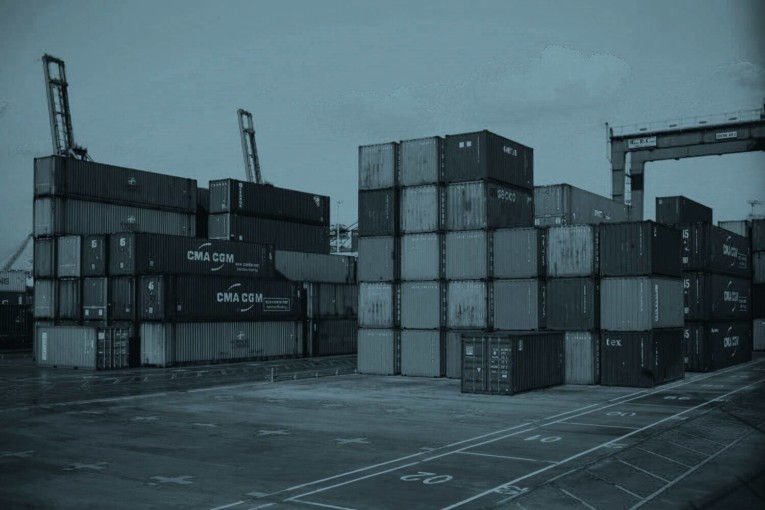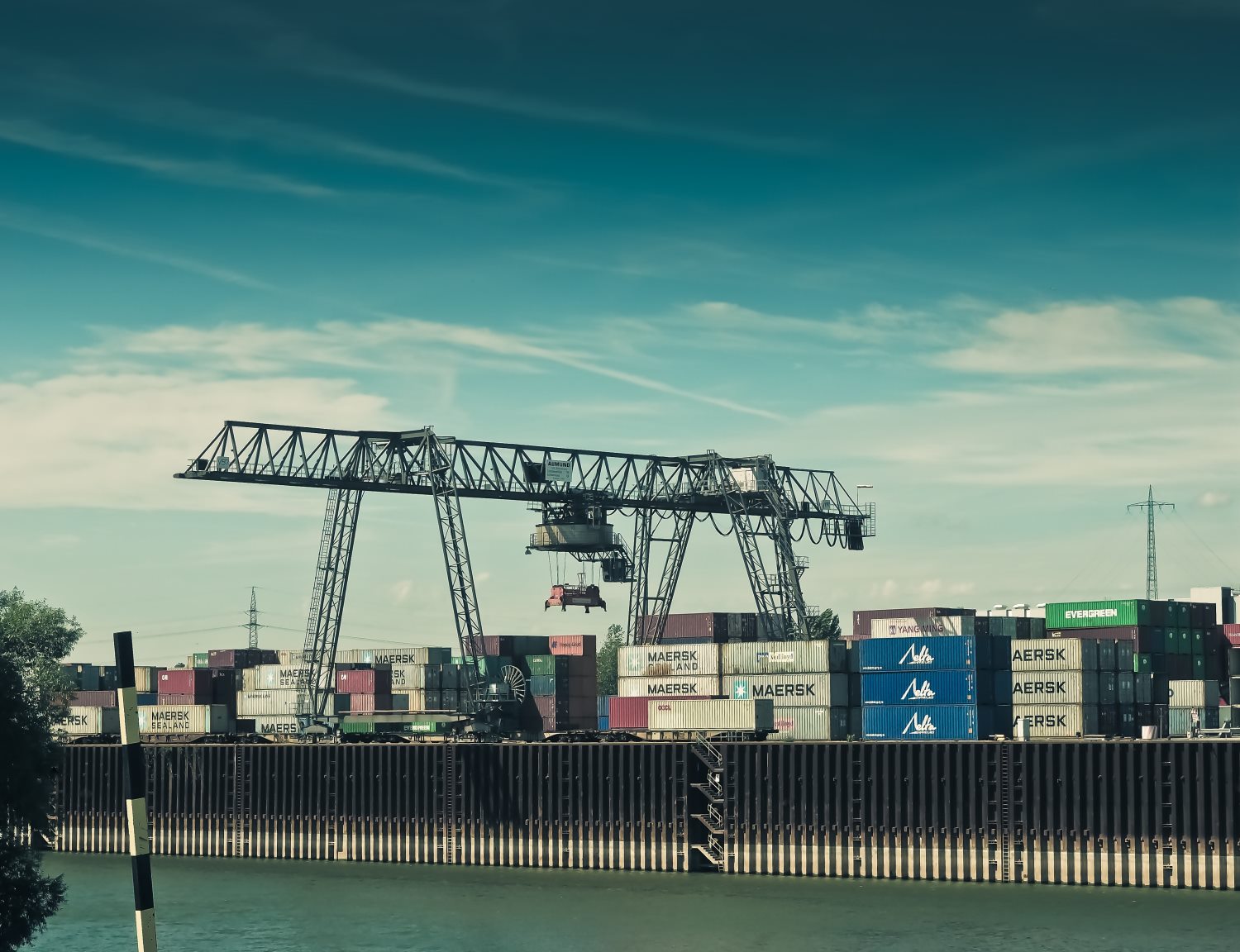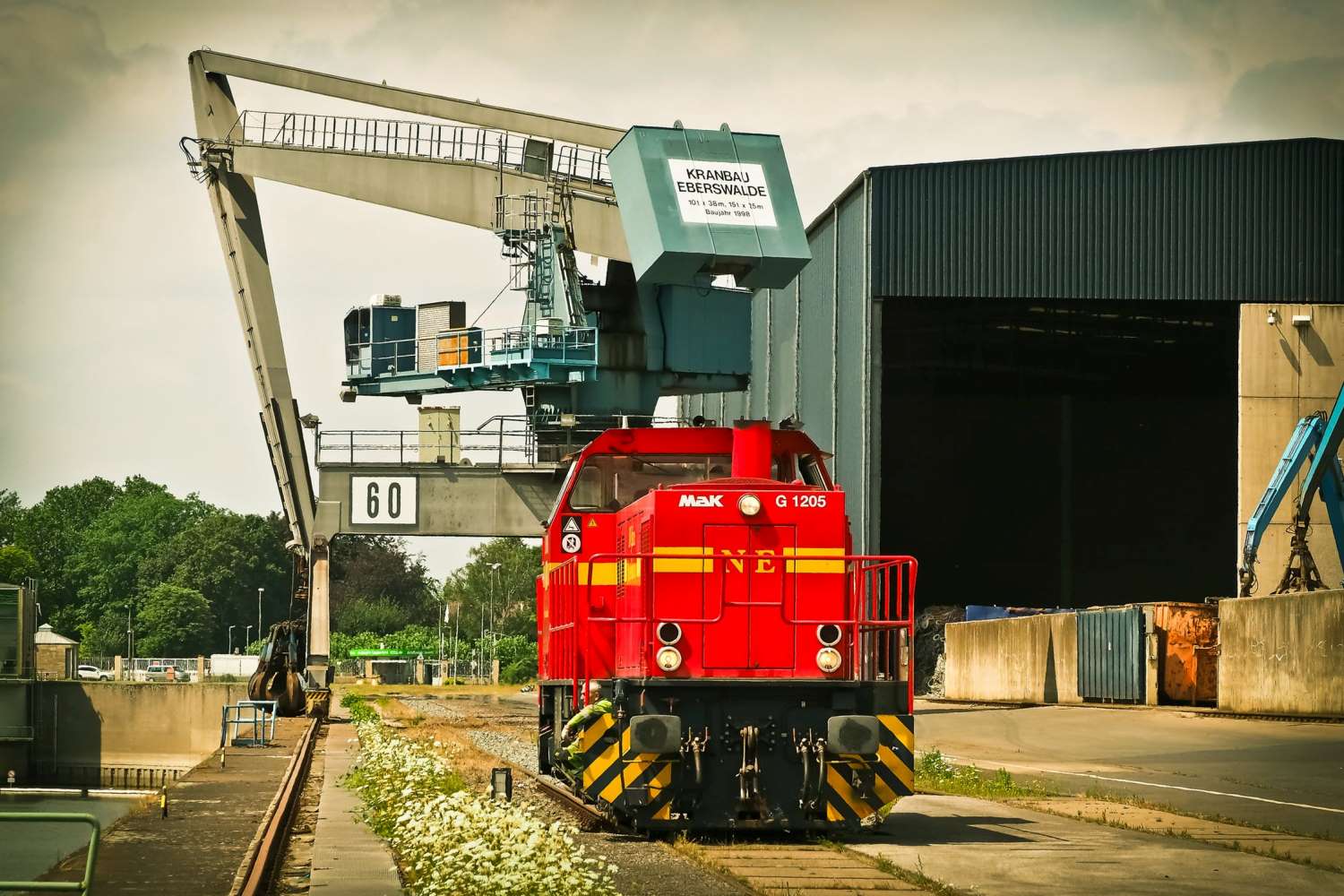In business circles, the terms logistics and operations management are used to describe the inner workings of what is known as the supply chain: a sequence of processes that moves a commodity from production through distribution, and finally to the customer.
In this article, we‘ll dig deep into this topic and break down the critical functions of moving a product through the supply chain.
What Is a Supply Chain?
A supply chain is the entire network of companies and activities that are directly involved in the development, manufacturing, sale, and distribution of a product or service. Each step is linked to another and, oftentimes, dependent on the prior..
A typical supply chain consists of:
-
Suppliers that deliver source materials to the manufacturer.
-
Warehouses who store the manufactured product.
-
A distribution channel: partners who transport the finished product to a wholesaler, retailer, or directly to the customer.
Businesses are able to gain a sustainable, competitive advantage in their market by improving the process they follow to get their products in front of consumers. This involves tracing the flow of raw materials, product demand information, and financial resources through their journey from supplier to producer, to the wholesaler, to the retailer and finally, to the consumer.
Although logistics operations can vary greatly from one business to the next, the key functions of supply chain management can be classified into five basic categories:
-
Material planning
-
Procurement and integration
-
Warehouse and fulfillment
-
Distribution
-
Repairs and returns
All things being equal, the company with the most efficient supply chain will reach and serve more customers than their competition.
Key Functions of the Supply Chain
Material Planning
Material planning involves the process of determining the resources required by a company to create a product to sell consumers. These resources include raw materials, machinery, and spare parts.
The purpose of this function is to determine how much material will be required to produce the end product. Most suppliers have a minimum order limit called minimum order quantity (MOQ). By placing minimum order requirements with the supplier, companies sustain production while keeping low inventory levels.
Businesses use forecasting techniques to determine the minimum order requirements for their products. Keeping low MOQs helps a business stay flexible and better match their flow of resources to the demand of their product in the market.
The challenge of material planning is when there is a drop in demand on the consumer’s end, minimum order requirements that previously were meeting the demand now become excess.
Apart from a decrease in demand, other factors can adversely affect this supply chain function. These include:
-
Micro factors such as working capital, inventory levels, and rejection rates.
-
Macro factors such as export policy, stock market trends, and inflation rates.
Procurement & Integration
Procurement refers to the process of sourcing and purchasing the raw materials and services required to manufacture a product.
With increased competition and fluctuations in the demand and supply of raw materials, businesses look for better suppliers that can meet their requirements. Companies create strategic partnerships with their suppliers to ensure a smooth supply of raw materials during the manufacturing process.
The steps involved in a procurement process include locating suppliers, resource estimation, negotiation, quality assurance, resource planning, order placement, transportation, warehousing, maintenance, and storage of the purchased resources.
Multinational firms look for global suppliers to sustain their global activities. An efficient and integrated procurement process results in a win-win for both parties involved.
The successful procurement of supplies can seem like a daunting task, but various solutions can help make this task much easier. These include quick communication systems such as electronic data interchange which communicates supply requirements in no time.
Some of the challenges of the procurement process include inflexible suppliers, exceeding budgets, and damaged supplies. Better coordination with suppliers on supply continuity, hedging, and scheduling can help businesses minimize the damage caused by these problems.
Warehouse & Fulfillment
Warehousing is the process of handling and storing goods and raw materials. It includes specific administrative tasks such as managing receipts and checking, identifying, verifying, and retrieving material items.
Warehouse management plays a crucial role in supply chain management. It is much more than the handling and storing of resources and products. The term distribution center (DC) is used to describe the various operations handled by modern warehouses. These DCs allow businesses to add further value to their stored products through repackaging, labeling, or other value-added services.
Value addition at the warehouse level helps companies reduce costs by using a postponement strategy. With fluctuations in consumer demand, companies stay flexible by choosing to assemble to order at their distribution centers.
Companies locate their distribution centers close to their target markets, customers, product resources, and supply routes, thereby reducing transportation costs, like freight rates and service charges.
Common challenges faced by warehouses include inaccurate tracking of inventory, redundant processes, wrong purchase orders, and fluctuations in consumer demand. Companies need to implement robust information systems that keep warehouse managers updated about these changes in real-time.
Distribution
The fourth function of the supply chain deals with the logistics or distribution. It involves the transportation of packaged products to consumers.
Distribution includes order receipts, shipment, storing, handling, and the collection of payments from customers. Delivery and distribution go beyond the physical movement of the product. It encompasses building strong relationships and strategic partnerships with companies that provide those shipment services.
With globalization and increased competition, companies are turning to on-demand delivery to deliver products and services to customers in a few days or, in some cases, a few hours. Both small and large-scale companies use on-demand delivery to achieve a sustainable, competitive advantage in the market. For instance, companies in retail, in ride-hailing services, or the restaurant business use mobile phones to send deliveries to customers on an on-demand basis.
Some of the challenges faced by distribution management include complexity in supply chains and an increase in consumer demand. Through technology, companies can better adapt to these challenges and turn them into opportunities.
Repairs & Returns
Repairs and returns are probably the most overlooked function of the supply network. Smart business owners know that the backward flow of product from consumers to the company is just as important as the forward flow.
The request for returns and repairs is a source of customer feedback which can lead to valuable insights about the product and the market. Providing effective repair and return services also helps companies build strong customer relationships and humanize their brand.
A common problem faced by companies regarding returns and repairs is the transportation cost and inspection and claim charges. Companies solve this by replacing the product instead of fixing it and then returning it to the customer.
Why? Because, during the return process, a product is transported from a customer to the company and back to the customer, in addition to the aforementioned charges. Replacements, however, not only save money but they also increase customer satisfaction.
Conclusion
Supply chain management helps companies achieve a sustainable, competitive advantage by optimizing the various activities and functions of their supply chain. Although each function of the logistics network has its unique challenges, proper implementation certainly brings greater benefits to businesses, small and large.
Do you agree that businesses can gain a sustainable, competitive edge in the market by improving their supply network? Let us know by commenting below.






